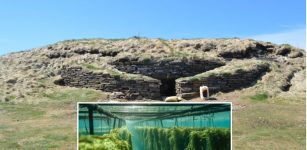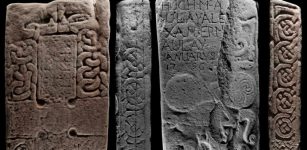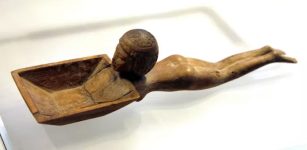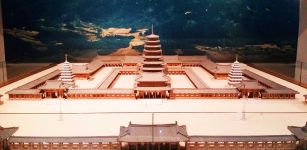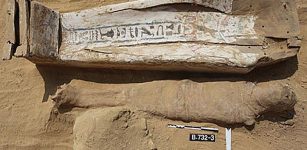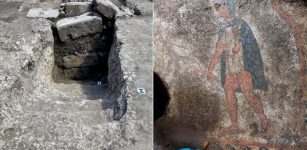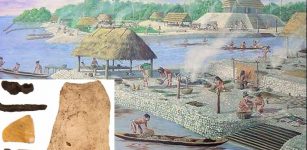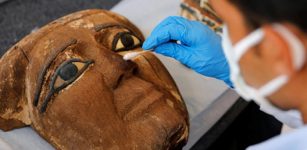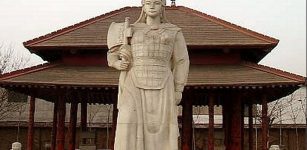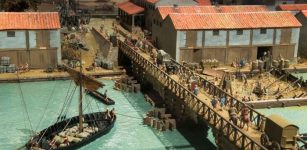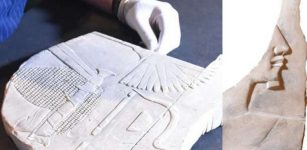Rare Collection Of Roman Coins Unearthed In Ancient City Of Aizanoi, Turkey
Conny Waters - AncientPages.com - A rare and valuable collection of 651 silver coins belonging to the Roman period was discovered in the ancient city of Aizanoi, located in the Çavdarhisar district of western Turkey's Kütahya province.
The coins were inside an ancient jug found in one of the waterways that run through the 5,000-year-old site.
 Roman coins discovered in the ancient city of Aizanoi, Kütahya province, western Turkey, Jan. 27, 2020. Image credit AA
Roman coins discovered in the ancient city of Aizanoi, Kütahya province, western Turkey, Jan. 27, 2020. Image credit AA
Turkey is home to many world-famous ancient cities and archaeological sites that reveal its historical heritage. Aizanoi is a particularly special archaeological city as it is home to one of the best-preserved temples in Anatolia dedicated to Zeus, the Olympian god of the sky and thunder and king of the Greek gods.
Aizanoi is considered the second Ephesus of Turkey, the city was added to the UNESCO World Heritage Tentative List in 2012. The excavation and fieldwork are being carried out under the coordination of Pamukkale University's Archaeology Department and began in June 2020.
 The restoration works have already started at the theater part of the ancient city. Image credit: AA
The restoration works have already started at the theater part of the ancient city. Image credit: AA
Archaeologists unearthed the jug of coins that was protected by terra cotta plates made by ancient people, according to Elif Özer, an archaeology professor at Pamukkale University and head of excavations at Aizanoi. They retrieved the silver coins and following their examination, it has been determined that the coins originate from the era of Roman Emperor Augustus.
“Of the coins, 439 are standard Roman silver denarius coins, and 212 are cistophorus coins from the ancient Greek city of Pergamon,” Özer added. The excavation team estimates that the coins could have belonged to a high-ranking soldier.
In addition, most of the coins were issued from southern Italy’s mints, and the latest find is the most outstanding silver coin collection found in recent times, according to Professor Özer.
 A close-up of the coins in the ancient city of Aizanoi, Kütahya province, western Turkey, Jan. 27, 2020. Image credit: AA
A close-up of the coins in the ancient city of Aizanoi, Kütahya province, western Turkey, Jan. 27, 2020. Image credit: AA
The collection of the retrieved coins is now being exhibited at the Museum of Anatolian Civilizations in the Turkish capital Ankara.
The city of Aizanoi experienced its golden age in the 2nd and 3rd centuries AD. It printed its first coins in the second and first centuries. During the days of the Roman Empire, the town became rich from its production of grains, wine, and wool. It became the center of episcopacy in the Byzantine era.
The city - still excavated today - has a temple built for Zeus which is the best-preserved temple in all of Anatolia, and ruins of a large theater, bridges, Turkish baths, avenues with columns on both sides, the city's necropolis areas, and the sacred cave of Meter Steunene, born through the union of the water nymph Erato and the mythological hero Azan.
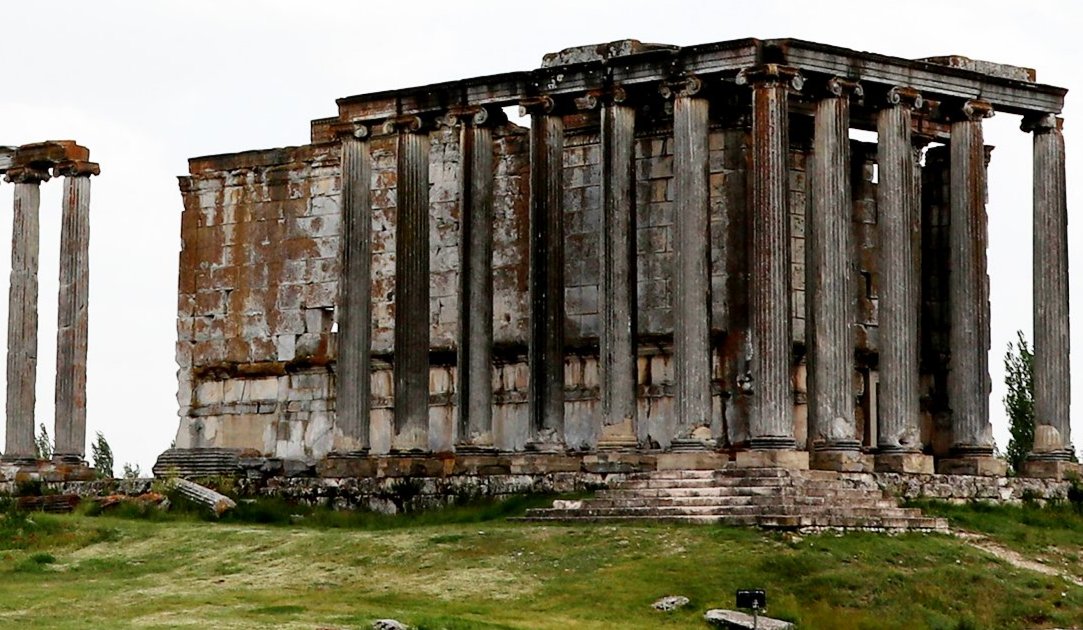 Ruins of the ancient city of Aizanos, Turkey - the Temple of Zeus, one of the best-preserved temples in Anatolia. Image credit: AA
Ruins of the ancient city of Aizanos, Turkey - the Temple of Zeus, one of the best-preserved temples in Anatolia. Image credit: AA
Recent excavations done around the Temple of Zeus built on the high plateau of the city revealed several levels of settlements dating from as far back as 3000 BC. In the Hellenistic era, this region was ruled by, alternately, Pergamon and Bithynia, and in 133 BC it entered the dominion of the Roman Empire.
By the end of the first century, the town had started to turn into a city. It was the center of the episcopacy in the early Byzantine period but it lost its influence in the 7th century.
Written by Conny Waters - AncientPages.com Staff Writer

